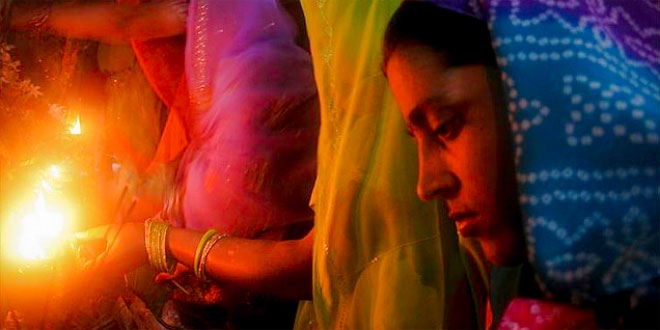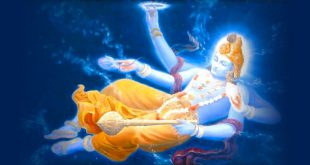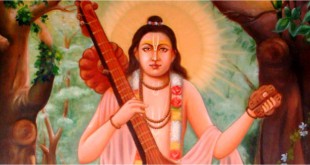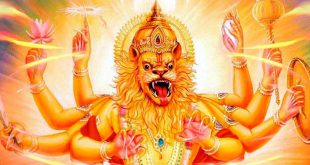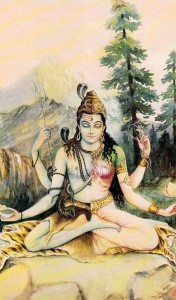 Falling on the Hindu month of Bhadrapada or Bhado (August / September), it also celebrates the arrival of monsoon after a season of oppressive heat. “Teej” is a small red insect that comes out of the soil during rains.
Falling on the Hindu month of Bhadrapada or Bhado (August / September), it also celebrates the arrival of monsoon after a season of oppressive heat. “Teej” is a small red insect that comes out of the soil during rains.
Teej in North India
Teej is the festival of swings. It marks the advent of the monsoon month of Shravan (August). The monsoon rains fall on the parched land and the pleasing scent of the wet soil rises into the air. Swings are hung from trees and women dressed in green clothes sing songs in celebration of the advent of the monsoon. This festival is dedicated to the Goddess Parvati, commemorating her union with Lord Shiva. Goddess Parvati is worshiped by seekers of conjugal bliss and happiness. An elaborate procession is taken out in Jaipur for two consecutive days on the festive occasion which is watched by people in large numbers. The Teej idol is covered with a canopy whereas the Gangaur idol is open. The traditional Ghevar sweet is also associated with the festival.
Chandigarh administration makes special arrangements for Teej celebration in Rock garden in the city. School children present plays and other cultural programs on this day. The female members of family especially daughters are given gifts and dresses.
Traditionally Teej is celebrated mainly in Rajasthan, Haryana and Punjab. However, now it is also observed in Delhi, NCR, Uttar Pradesh & Bihar and Madhya pradesh. On this day Goddess Parvati is worshiped. A day before this festival is celebrated as Sinjara wherein girls / ladies put on mehandi on their hands and eat ghewar / feeni and other sweets. On Teej, married women pray to Goddess Parvati for well-being of their husbands. Idols of goddess Parvati are decorated and taken in a procession in the streets accompanied by singing, music, and dancing.
Teej Amongst the Baniya Community:
Teej is an important festival amongst the baniya and marwari community. In this area women are also given bangles and bindis. Swings are also put on trees for the entertainment of young girls. Unlike the other states and communities amongst the baniyas and marwaris, the festival is meant as a celebration for women especially young girls. Girls of the house are given new clothes. A special and fun lunch is organized by the women of the house for the women in the house. It is the traditional women’s day of the community. It is customary for mothers-in-law to give the newly married daughter-in-law a piece of jewellery on her first teej after marriage.
Traditionally daughters-in-law would go to their mothers house for teej and come back after Rakhi, in this way they would spend about 10 days of the summer with their parents. It is customary that when a daughter goes to her parents house she takes with her sweet and salty savouries with her.
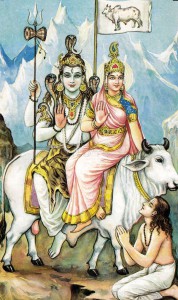 Daughters spend teej with their parents and after they come back they spend Buddhi Teej which is teej for the daughters-in-law in their marital home. Buddhi Teej normally falls within a week after Rakhi. It is celebrated as Haritalika in Maharahstra, Tay or Tayi in Goa and other Konkanis in Karnataka and Kerala and Gowri Habba in Karnataka, Tamil Nadu and Andhra.
Daughters spend teej with their parents and after they come back they spend Buddhi Teej which is teej for the daughters-in-law in their marital home. Buddhi Teej normally falls within a week after Rakhi. It is celebrated as Haritalika in Maharahstra, Tay or Tayi in Goa and other Konkanis in Karnataka and Kerala and Gowri Habba in Karnataka, Tamil Nadu and Andhra.
Today in Delhi there are numerous suits and sari exhibitions before Teej for women to buy clothing for the festival.
Teej in Nepal
The first day of Teej is called Dar Khane Din. On this day the women, both married and unmarried, mainly of Khas ethnicity, assemble at one place, in their finest attire and start dancing and singing devotional songs. Amidst all this, the grand feast takes place. The jollity often goes on till midnight, after which the 24-hour fast starts.
The second day is the fasting day. Some women live without a morsel of food and drops of water while others take liquid and fruit. On this day, they gaily dress and visit a near by Shiva temple singing and dancing on the way. The Pashupatinath Temple gets the highest number of devotees. At the Shiva temple, women circumambulate the Shiva Linga, the symbol of the lord, offering flowers, sweets and coins. The main puja (religious ceremony) takes place with offerings of flowers, fruits, etc., made to Shiva and Parbati, beseeching them to grant their blessing upon the husband and family. The important part of the puja is the oil lamp which should be alight throughout the night.
The third day of the festival is Rishi Panchami. After the completion of the previous day’s puja, women pay homage to various deities and bathe with red mud found on the roots of the sacred datiwan bush, along with its leaves. This act of purification is the final ritual of Teej, after which women are considered absolved from all their sins. The recent years have witnessed an alteration in the rituals, especially concerning the severity, but its essence remains the same.
Teej is celebrated just before the first day of Ganesh Chaturthi. Married women do 24-hour nirjala fasting (without water or fruit) for the wellness of their spouse and their married life.
 Kids Portal For Parents India Kids Network
Kids Portal For Parents India Kids Network
